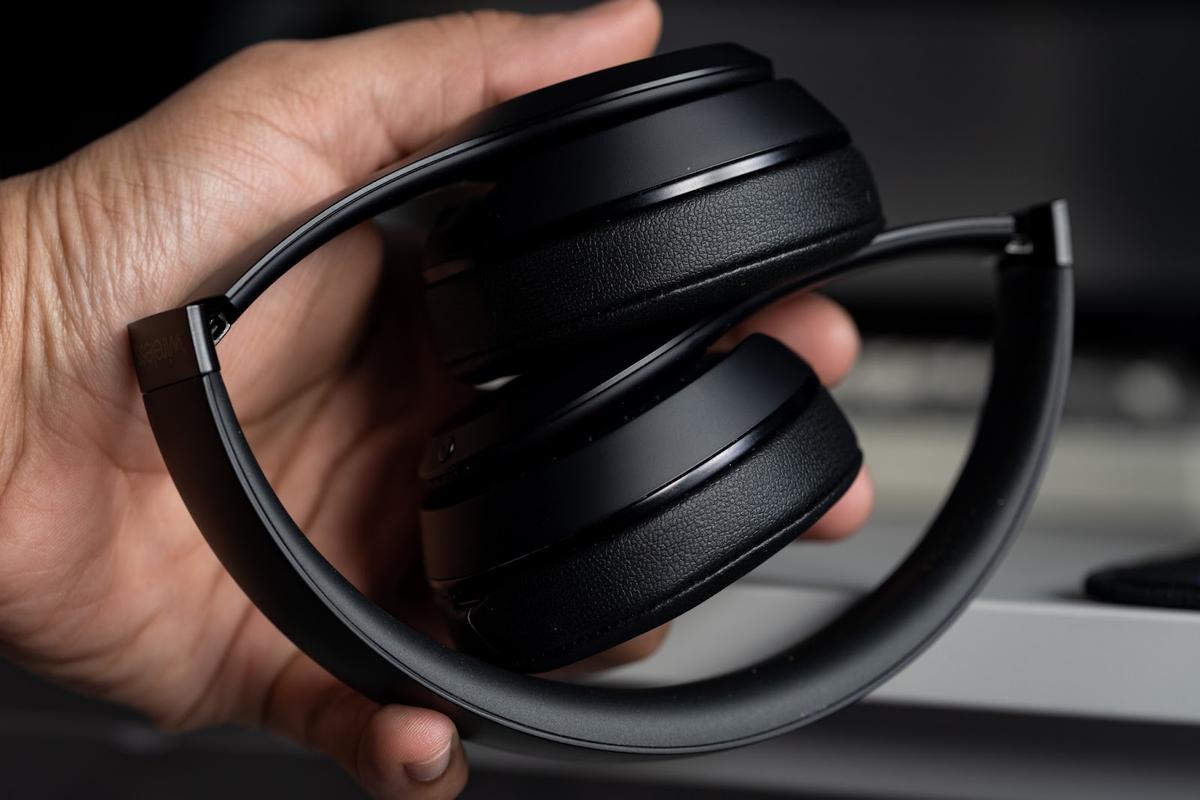Beats’ mid-priced headphones are an abject failure in sound quality metrics.
- Very good battery life
- Light and easy to carry
- Easy-to-use and reliable mechanical controls
- No harsh peaks in treble
- No ANC
- Below-average build quality
- Folding mechanism a structural weak point
- MicroUSB port in 2023
- High clamp force creates discomfort
- Bass quality is very poor, with no texture
- Muddy midrange
- Almost no treble extension
- Congested soundstage, fuzzy imaging
- No “lossless” codec support
- Useless app
- Outclassed by the competition in nearly every metric
Where to Buy
Introduction
Beats have been silent for a while now in the headphones space, especially since the Apple takeover.
The Beats Solo3 Wireless (with the updated chipset) were released back in 2019. Four years have passed since then, with no update in between. That’s an absurdly long delay in the modern tech world that moves at trailblazing speeds.
However, the Solo3 Wireless are still one of the few “on-ear” models popular in the market. I am not a fan of such a design, but there is a demand in the market due to how portable they tend to be.
Portability is only part of the equation, though, as sound quality remains the prime parameter. This is an area where Beats have long been stereotyped as being “bassy, muddy, and bloated” – for good reasons too.
So, do the Solo3 Wireless last the test of time, or are they just another outdated piece of tech that’s somehow being kept alive by the sheer power of marketing? Let’s find out.
Packaging
Beats usually goes for substantial packaging with layers of boxes, but the Solo3 Wireless adopt a more “regular” packaging, likely a cost-cutting measure.
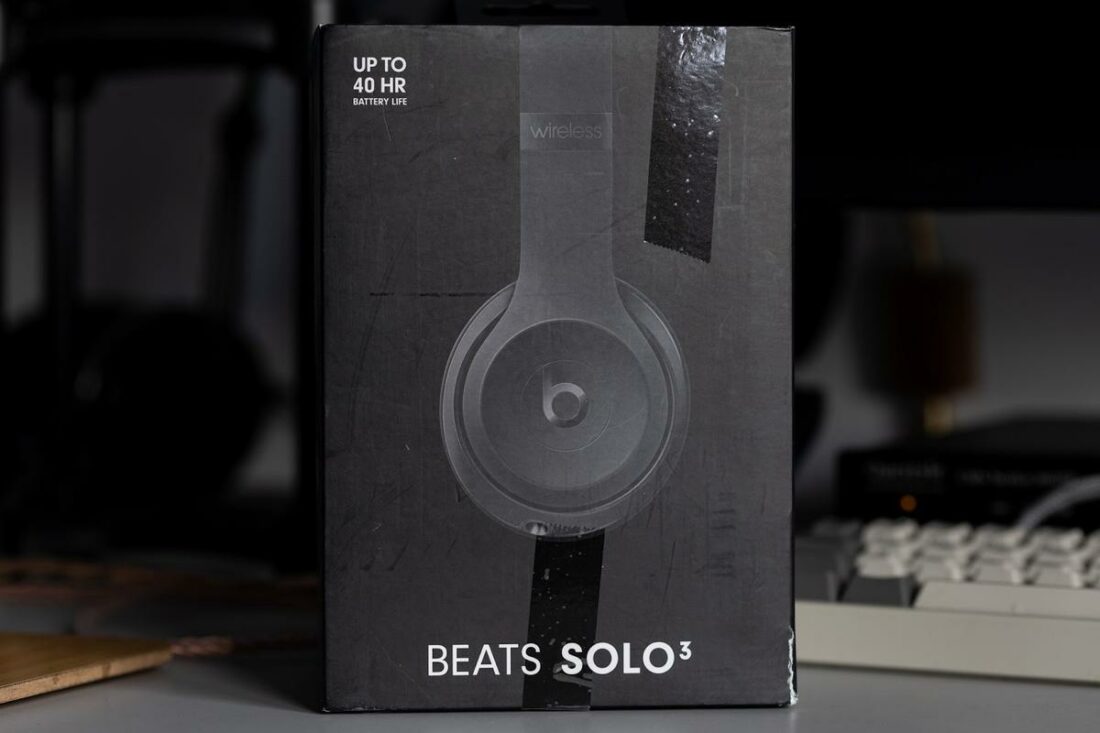
In the box
- Beats Solo3 Wireless headphones
- USB-A to micro-USB charging cable
- Manuals
- Carry case
- Carabiner
The carry case is made out of foam and fabric, offering minimal protection. The material choices make the case easy to carry, however.
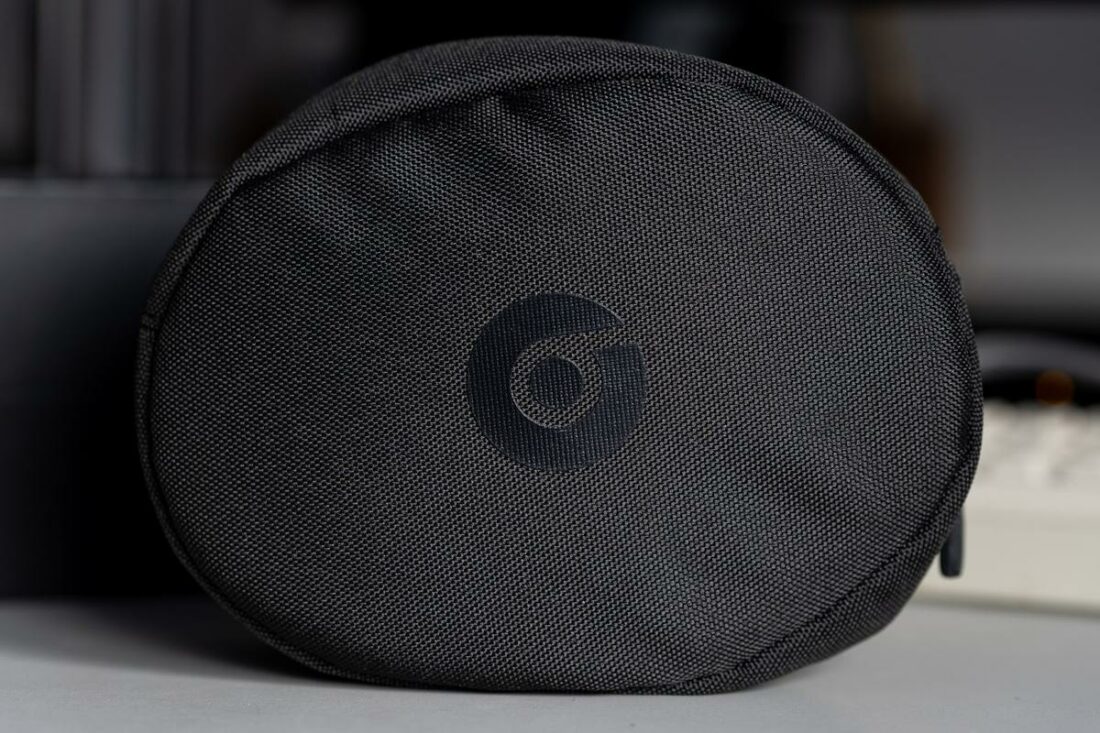
Battery ⓘ
- Battery Life: 38 hrs
- Charge Time (5 mins): up to 180 mins playback time
At around 38hrs, the battery life of the Solo3 is very good. I need to charge the headphones once every two weeks with moderate usage.
5 mins of charge can get up to 3 hours of playback, provided you use the supplied fast-charging cable.
The quick charge function is handy, allowing for a quick top-up in case the battery runs very low.
One oddity is the lack of an auto-off function.
You must manually turn off the headphones before putting them away. Otherwise, they keep depleting the battery even on standby.
UX ⓘ
- Control Mechanism: Mechanical
- Touch Accuracy: N/A
- Control Symmetry on both ear-cups: No
- Mono Use: No
- Each earcup has an Apple W1 chip
- No wear detection.
The small button at the bottom of the right earcup powers on the unit. Long pressing this button activates pairing mode. Underneath it are LEDs that show battery level or blink in pairing mode.
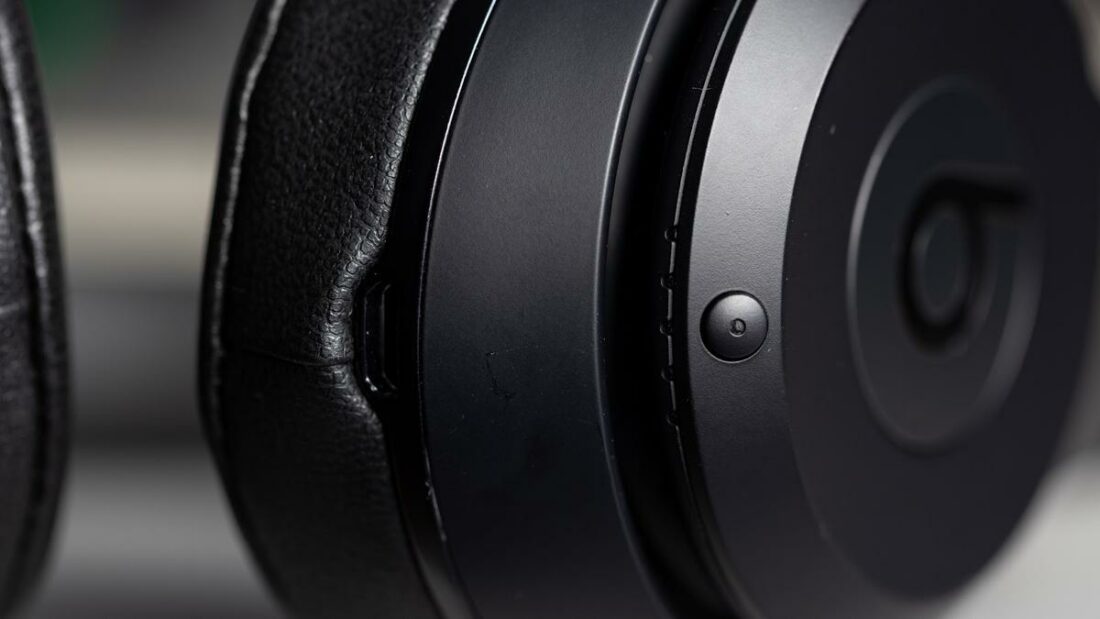
The micro-USB port is on the underside of the ear pad – déjà vu from my time with Studio3 Wireless.
Despite apparently “refreshing” the Solo3 Wireless in 2019, Beats (or Apple) conveniently forgot to replace the outdated micro-USB port with a type-C port. This port is functional but robs the consumers of the convenience of using one cable to charge their modern devices.
The left earcup houses all the playback control buttons. The Beats logo acts as a center button, whereas the top and bottom portions can be clicked as well. A short rundown of the available operations are:
- Single-press the b button: Play/pause music, answer/end call
- Long-press the b button: Voice assistant, reject call
- Double-press the b button: Skip forward
- Double-press and hold: Fast forward
- Triple-press the b button: Skip backward
- Triple-press and hold: Rewind
- Click the top part: Volume up
- Click the bottom part: Volume down
Finally, the left side hosts the 3.5mm analog input.
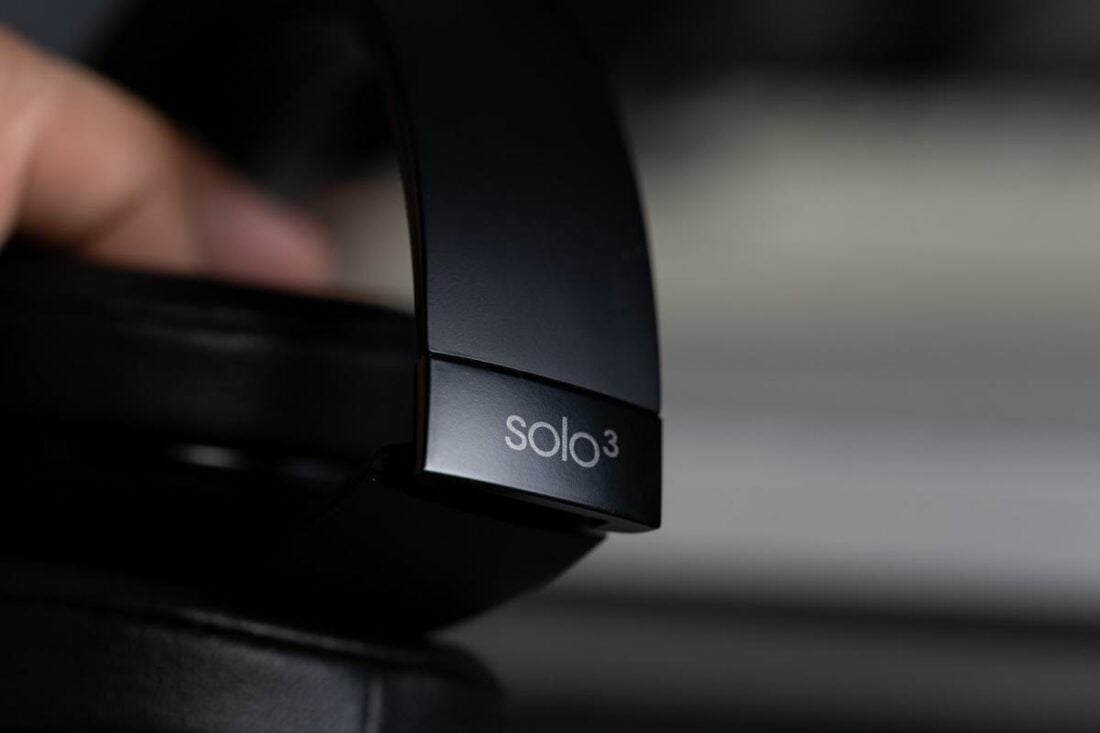
Design ⓘ
- Profile: Over-ear
- Material: Plastic, aluminum
- Fit and Comfort: Substandard
Beats Solo3 Wireless have the build quality of budget headphones while charging a premium price.
The construction is mostly plastic, with a metal headband. Beats’ infamous folding mechanism is also here and does not feel as sturdy as it should.
The headband is a two-piece construction with the inner steel frame adding rigidity and the outer plastic area having foam underneath to act as padding.
The adjustment mechanism is stepped, so it is possible to fine-tune the required extension on both sides.
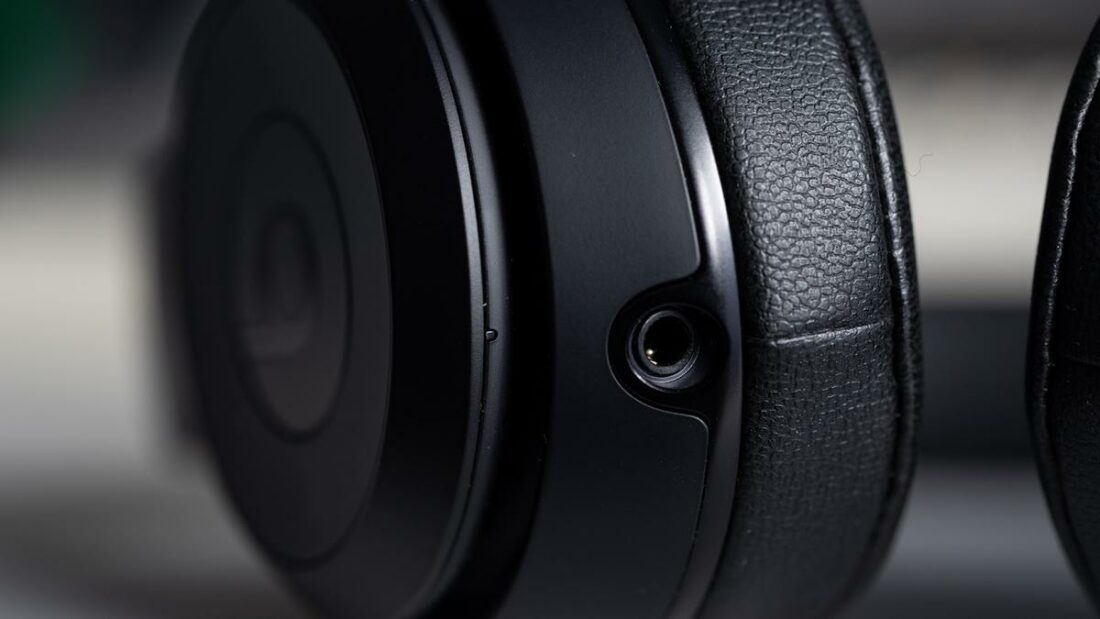
At 215g, the Solo3 Wireless are relatively lightweight. Sadly, this lack of heft further cements the notion of a cheap build, and the lack of premium materials hits the point home.
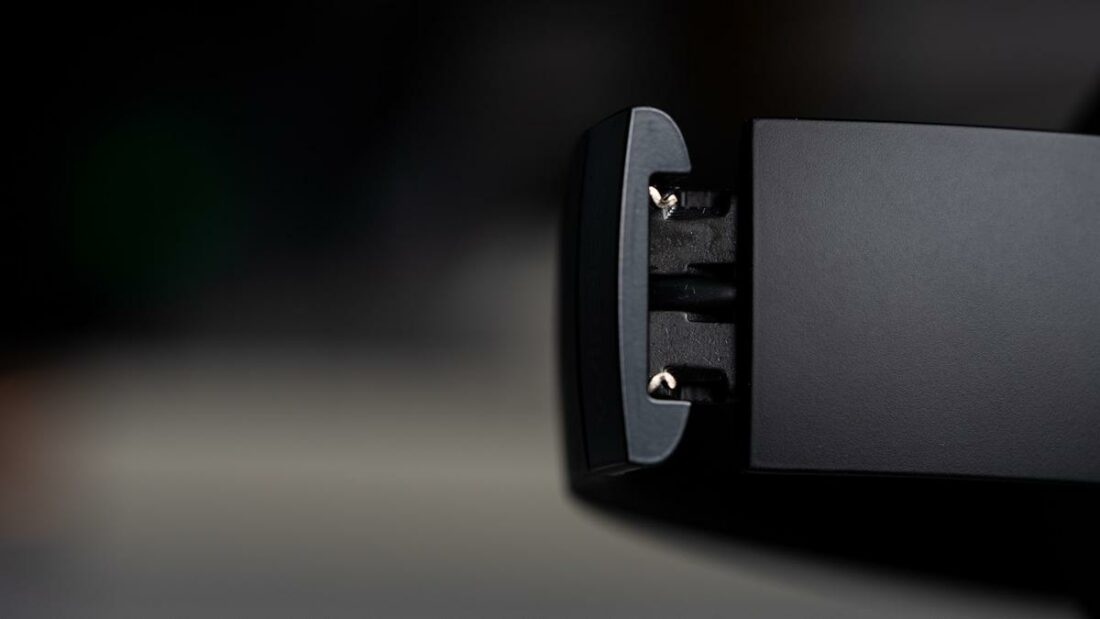
The earcups do not swivel much on the X or Y axis so larger heads will have difficulty with the fit. It’s also an on-ear design, so expect the cups to press against the ear.
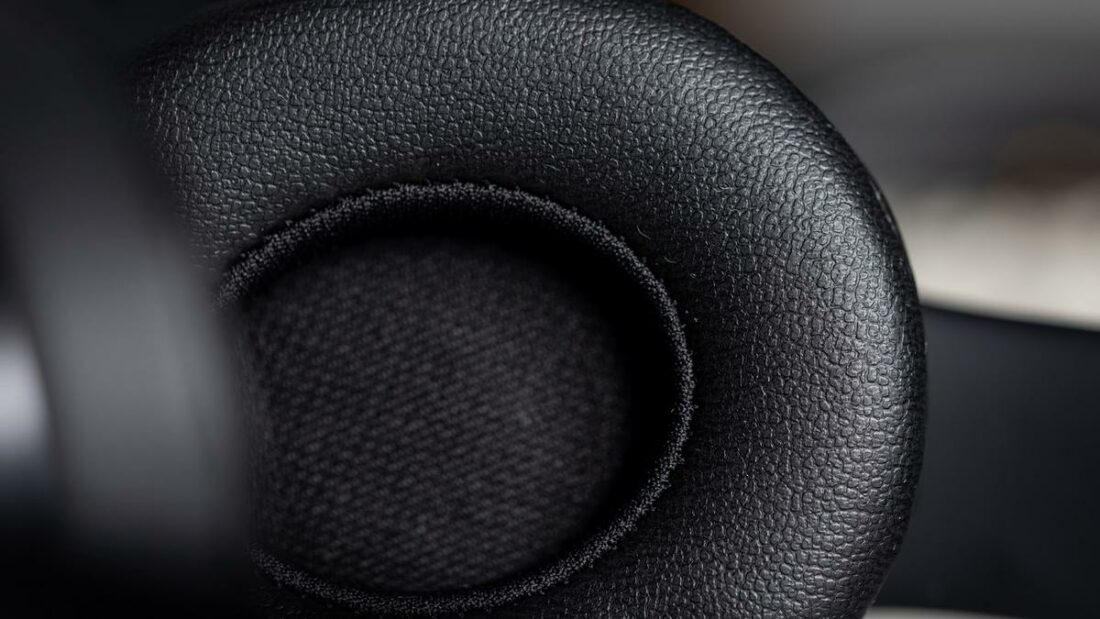
The earpads are made out of PU leather. If you use them regularly, this particular variant gets worn out within a year. Unfortunately, the pads seem affixed to the cups, so replacements are difficult.
While the pads are plush and comfortable, the clamping force is overdone. This results in pressure buildup on the earlobes after an hour or so.
Mic ⓘ
- Noise Cancellation: Audible
- Voice Pick-up: Muffled
I needed to speak loudly for the Solo3 Wireless to pick up my voice in noisy environments. Things improve noticeably in quiet environments, resulting in improved voice pickup.
Sound ⓘ
- Driver: Not specified
- Sound Signature: Dark, bassy
- Bass: Substandard
- Mids: Substandard
- Treble: Average
- Soundstage: Substandard
- Imaging: Substandard
- Dynamics: Substandard
Beats doesn’t tell much about the driver setup apart from the fact that it’s a dynamic driver.
The Beats Solo3 Wireless have a bassy, recessed, dark tuning with rolled-off treble and substandard technicalities.
Bass
The bass is primarily mid-bass focused, with an early rise from the lower-mids that over-emphasizes upper-bass frequencies, muddying the midrange.
It’s not the quantity of the bass that’s offending, but rather the quality of it, which is frankly disappointing. Bass notes smear into each other, with little to no delineation between them in moderately fast bass lines.
Bass texture is severely lacking, with bass frequencies often reduced to generic hum or boom.
For Beats, bass tuning is all about quantity over quality, and the overall sound performance suffers due to such a stance.
Mids
The lower midrange sounds “stuffy” and muddy due to the noticeable upper-bass bleed. Fortunately, the upper-midrange is boosted to a degree, offering some sense of clarity in female vocals.
Vocals and instruments exhibit a sense of bloat, resulting in a lack of definition as all nuances and articulations are lost.
On the plus side, there is no shoutiness, as the bass boost takes care of that.
Treble
The treble is noticeably rolled-off past 7kHz, and the only hint of treble is a peak between 5-6khZ that adds some life into the otherwise dead treble region. These tuning decisions result in a dark treble response where cymbals and hi-hats lack their usual brilliance. The initial hit is dampened, with the ensuing resonance abruptly disappearing.
A “glass half-full” aspect would be the absence of fatiguing peaks in the treble region, facilitating long listening sessions. But I cannot sugarcoat the sheer lack of resolution and clarity.
Dynamics
Macrodynamic punch (sudden changes in volumes, e.g., bass drops) has a blunted delivery, while microdynamics (subtle shifts in volume) are barely perceptible.
In tracks like Counting Crow’s Miami, the vocals and the instrument have a continuously varying volume level, and the Beats Solo3 Wireless cannot recreate that sensation.
Soundstage
The soundstage feels wide due to the recessed midrange, but in reality, it is congested. Stage height and depth are below average too.
Imaging
Imaging is fuzzy, with the center image being especially terrible. Everything in the center seems to collapse within your head. Subtle shifts to the left and right are placed on either extreme or around the center channel, depending on the track and mastering.
Active noise cancellation
The Beats Solo3 Wireless have no ANC or Transparency support.
Such an absence is inexplicable for a product in the “lifestyle” category.
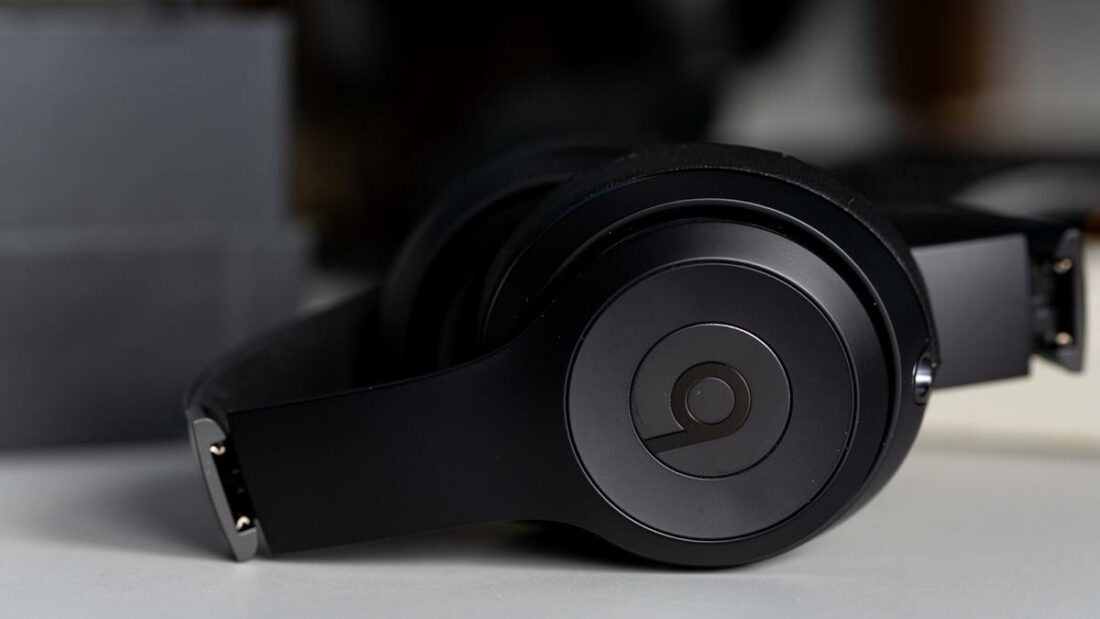
Connectivity ⓘ
- Audio Codec: SBC, AAC
- Bluetooth Version: Bluetooth class 1
- Auto-connect when: N/A
- Average drop-outs in an hour: 0 – 2 times
- Multi-point connection: No
The connection is rock-solid, and pairing is pretty simple once the headphones are put in pairing mode (pressing the power button for a few seconds). Pairing is even more seamless if you use an iPhone, thanks to the W1 chip.
Multipoint support is unfortunately absent. On the plus side, the class 1 BT module means that the Bluetooth range is expanded up to 300 feet, or over 90 meters.
Waterproof ⓘ
- IP Rating: Not rated.
No official IP rating here, which is a bummer.
Software ⓘ
- Find my Beats
- Register product.
- Auto Pause: No.
- Android app on Play Store
The Beats app offers firmware updates and the Find My Beats feature for Android users. That’s about it. No EQ or any other DSP options here, which is another huge letdown.
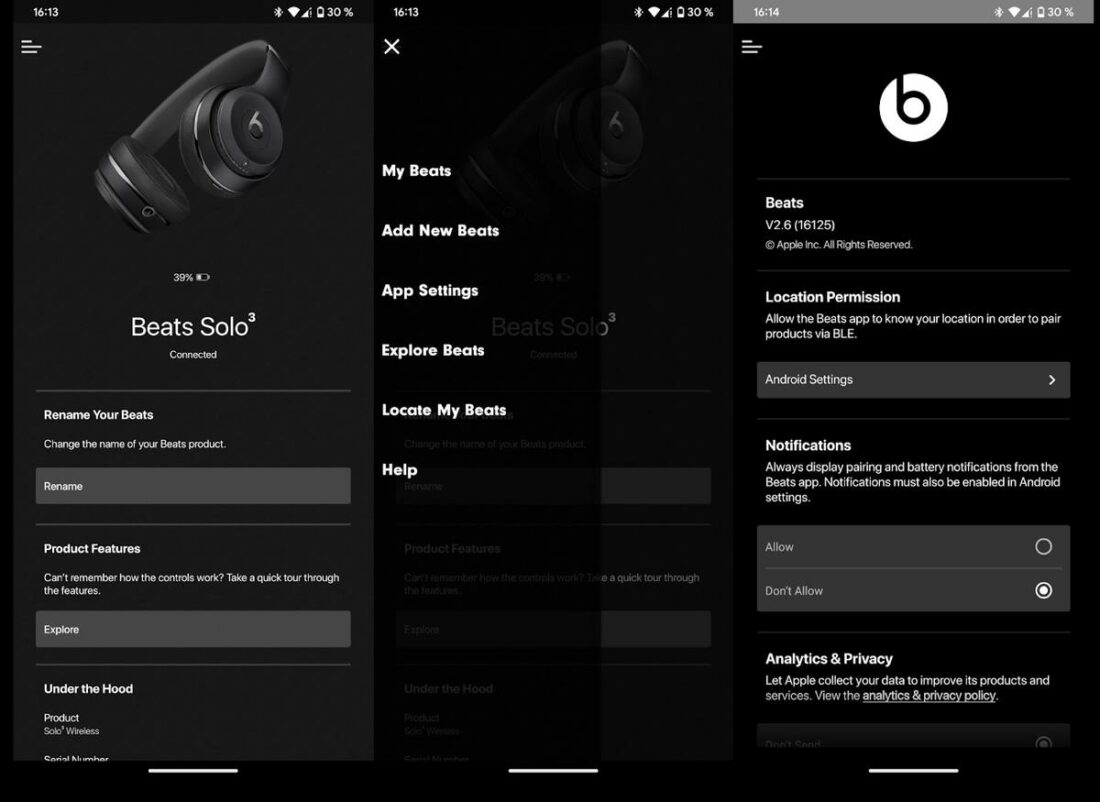
Comparisons
Beats Solo3 Wireless Vs. Sony WH-CH720N
The Sony WH-CH720N are priced close to the Beats Solo3 Wireless, so a comparison is warranted.
First up: build quality. Both these headphones have a plastic build, but the Sonys feel better put together. I also prefer the Sony control mechanism that requires fewer presses to get more done.
Comfort is noticeably better on the WH-C720N (I long for the day Sony adopts a sensible naming scheme). Battery life is better on the Solo3 Wireless, so is quick-charge performance.
As for sound, the bass on the WH-C720N is slightly better in texture despite a similar emphasis in the mid-bass region. The bass also sounds slightly faster on the Sony, even though the sub-bass rolls off earlier.
The mids are somewhat uneven on both headphones, albeit the Sony WH-C720N offer better clarity at the expense of some hollowness and thinness in the lower-mids. The Solo3, meanwhile, suffer from muddiness and a sheer lack of nuance. Neither are very good in this regard, but the Sonys offer more clarity at the expense of tonal aberration.
The treble has noticeably more presence and peakiness on the WH-C720N, which resolves more detail than the Solo3 Wireless but also becomes more fatiguing in the long run. However, Sony has a far superior app that can take care of that region via simple EQing.
Staging and imaging are superior on the WH-C720N. Add to that ANC – a feature the Beats headphones lack, and the Solo3 Wireless become that much harder to pick.
Considering overall build quality, feature set, and performance, I recommend the Sony WH-CH720N over the Solo3 Wireless at similar pricing.
Conclusion
When I reviewed the Beats Studio3 Wireless, I assumed that Apple is out of touch with reality and expects people to buy overpriced Beats offerings due to the brand name alone. Much of that applies here as well.
In essence, the Beats Solo3 Wireless are cheaper and less comfortable alternatives to the Studio3 Wireless, with even worse sound. The price cut is significant compared to their big brother, but the competition offers a far higher bang for the buck.
You cannot justify the pricing with a “luxury” label, as the build quality and design are as fashionable as a pair of tattered socks.
So the Solo3 Wireless end up being irrelevant in modern times and are in dire need of an upgrade, one that cannot come soon enough.
